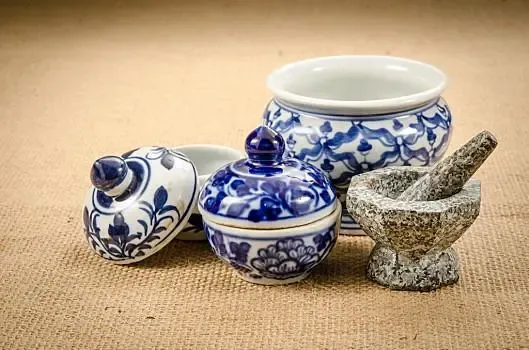Триполифосфат натрия: Многофункциональная керамическая добавка
Важная роль в производстве керамики
Керамические материалы играют важную роль в декорировании домов, промышленном производстве и производстве посуды. Использование вспомогательных керамических материалов, или мелких материалов, позволяет сократить потребление энергии на производстве, улучшить производительность процесса, снизить производственные затраты и повысить эффективность производства.
Универсальное применение триполифосфата натрия в промышленности
Триполифосфат натрия (STPP) считается многофункциональной керамической добавкой по нескольким причинам.
Повышение ликвидности
Триполифосфат натрия, также известный как водный редуктор, конденсатор или диспергатор, в первую очередь улучшает жидкотекучесть керамической и глазурованной пульпы. Снижая содержание влаги в суспензии, она становится более текучей и менее склонной к выпадению осадка, что облегчает различные процессы.
Эффекты рассеивания и взвешивания
Диверсифицированные эффекты: STPP предотвращает агломерацию керамических частиц, обеспечивая равномерное рассеивание каждого компонента сырья в жидкой среде.
Подвеска: Он образует стабильную систему жидкость-жидкость с высокой степенью суспензии и хорошей ликвидностью, улучшая стабильность суспензии.
Эффект уменьшения воды
STPP широко используется в качестве водного восстановителя в керамических добавках для улучшения текучести. Он поддерживает соответствующую вязкость, ликвидность и высокое содержание твердой фазы в условиях низкой влажности, повышая работоспособность и обеспечивая энергосбережение и снижение потребления.
Незаменимая керамическая добавка
Триполифосфат натрия играет важную роль в различных процессах подготовки керамического сырья - от приготовления порошка до формования, сушки и спекания. Его применение напрямую улучшает качество, производительность, ассортимент и условия процесса. Для получения дополнительной информации вы можете проконсультироваться со службой поддержки клиентов Goway Chemical.
Заключение
Триполифосфат натрия - важнейшая добавка в керамической промышленности, обеспечивающая такие преимущества, как повышение ликвидности, дисперсности, стабильности суспензии и уменьшение количества воды. Его многофункциональные свойства делают его незаменимым компонентом в керамическом производстве, повышая качество продукции и эффективность процесса.
ЧАСТО ЗАДАВАЕМЫЕ ВОПРОСЫ
Вопрос: Какова основная роль триполифосфата натрия в керамике? A: Он улучшает ликвидность, дисперсию и стабильность суспензии, а также действует как водный редуктор для увеличения скорости потока керамической и глазурованной пульпы.
Вопрос: Как STPP влияет на процесс производства керамики? A: Он снижает содержание влаги, предотвращает агломерацию частиц, поддерживает необходимую вязкость и текучесть, облегчая различные производственные процессы.
Вопрос: Почему STPP считается незаменимой в производстве керамики? О: Его многофункциональные свойства напрямую улучшают качество, производительность, ассортимент и технологические условия производства керамики.
Вопрос: Может ли СТЭС помочь в экономии энергии при производстве керамики? О: Да, благодаря улучшению скорости потока и поддержанию низкого содержания влаги, STPP помогает достичь энергосбережения и снижения потребления.
В: Где можно получить дополнительную информацию об использовании STPP в керамике? О: Для получения более подробной информации вы можете обратиться в службу поддержки клиентов Goway Chemical.

